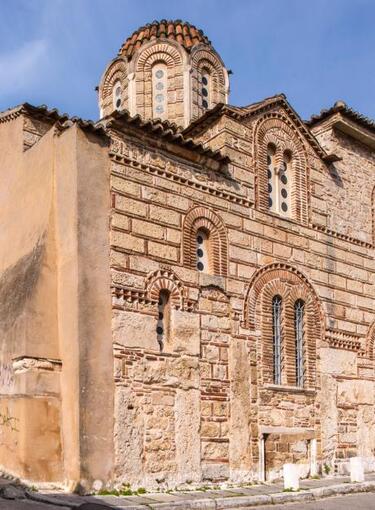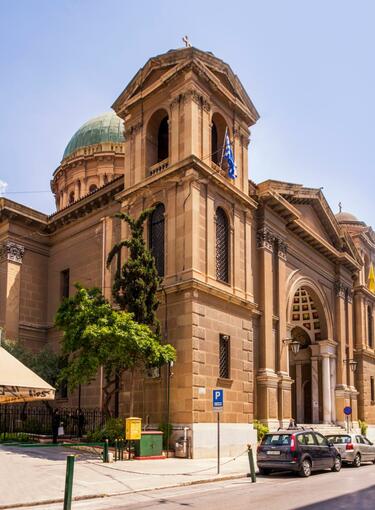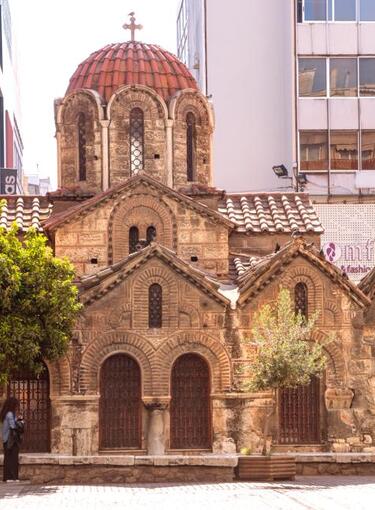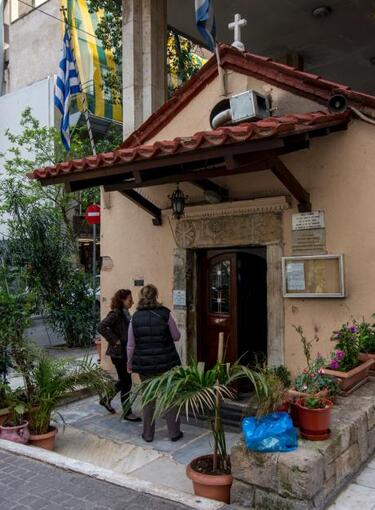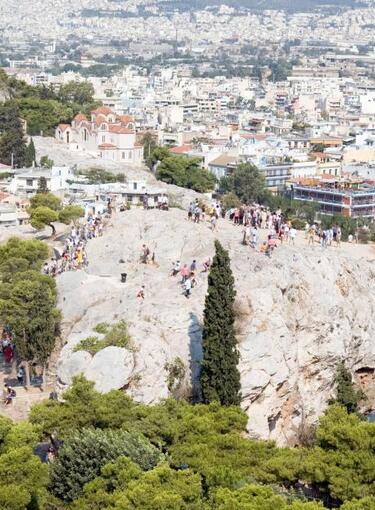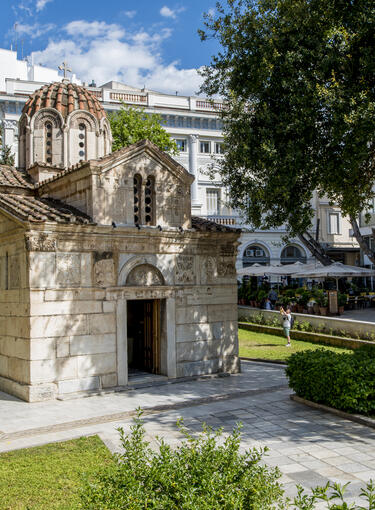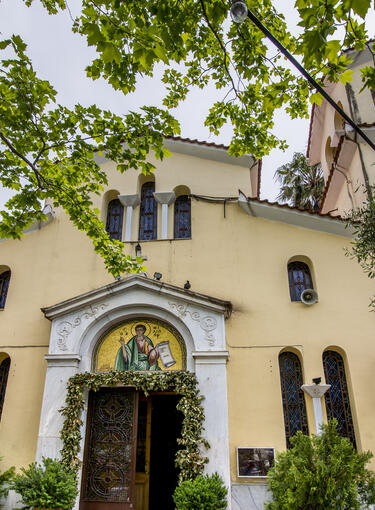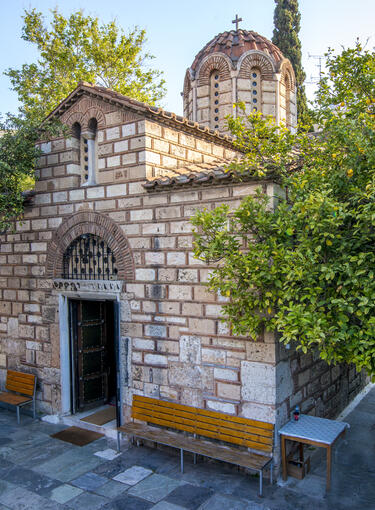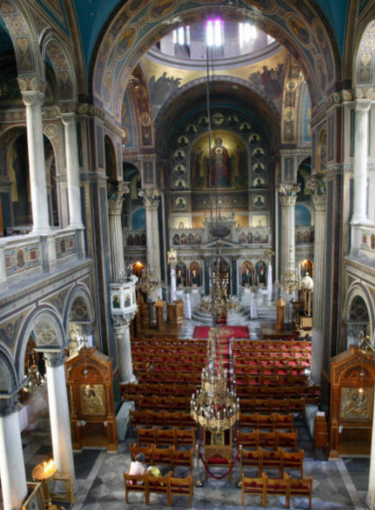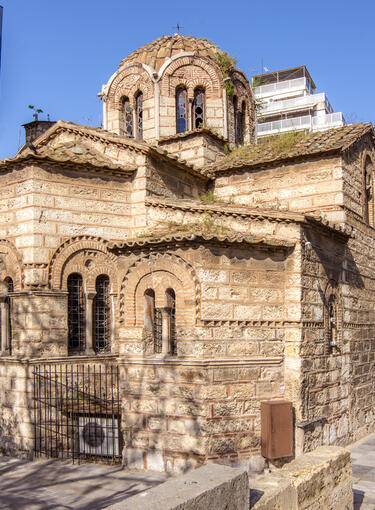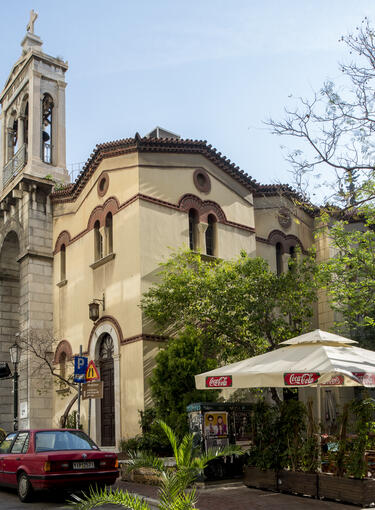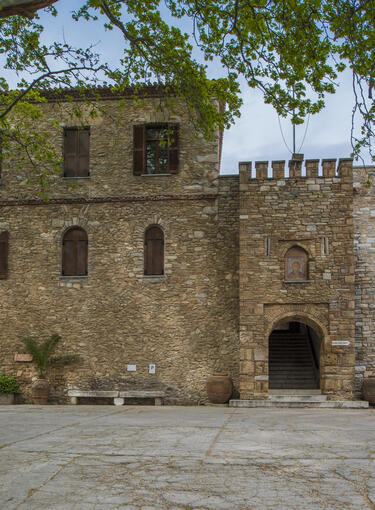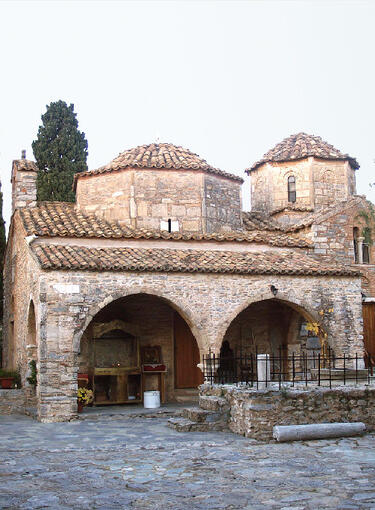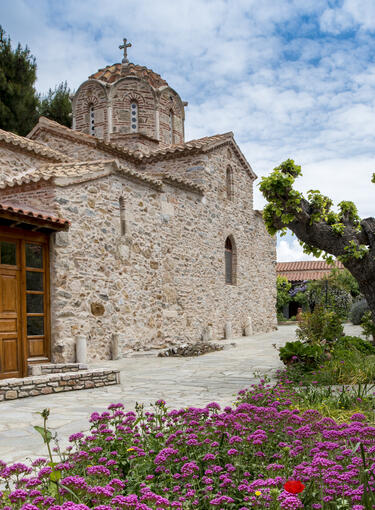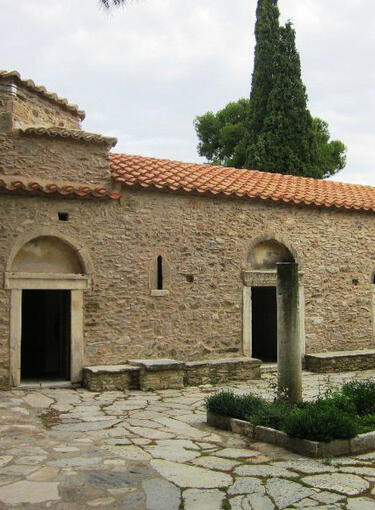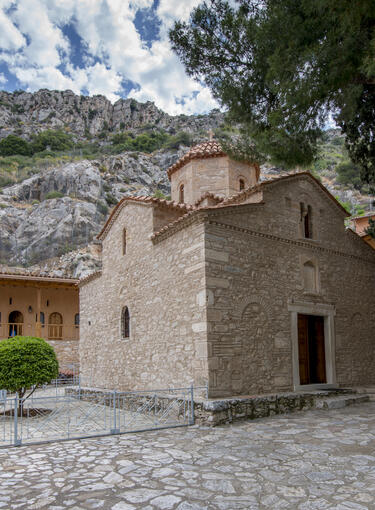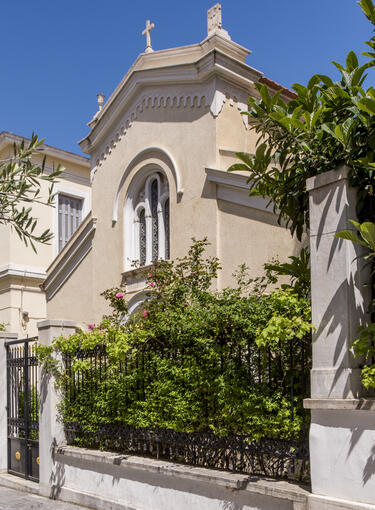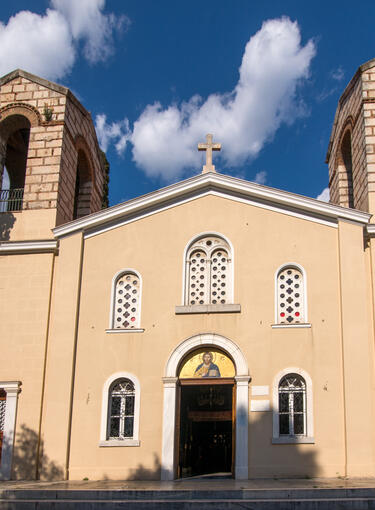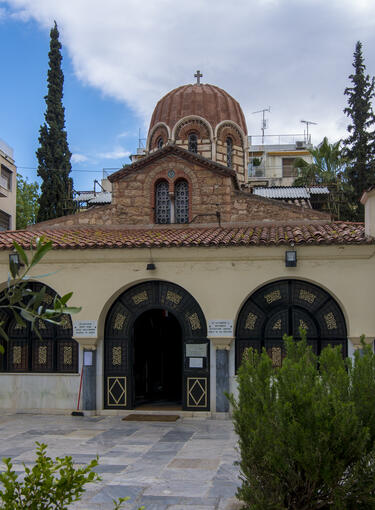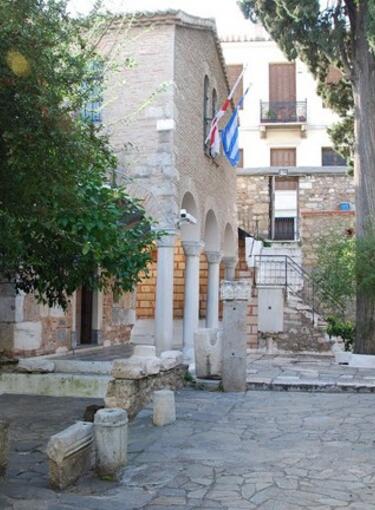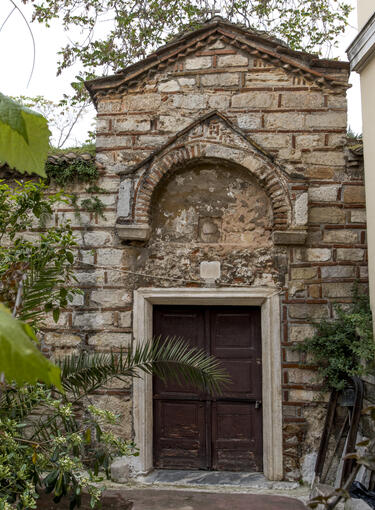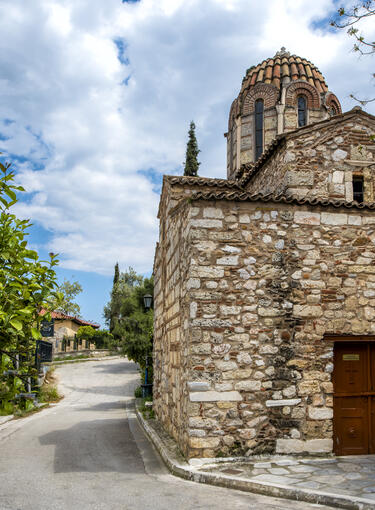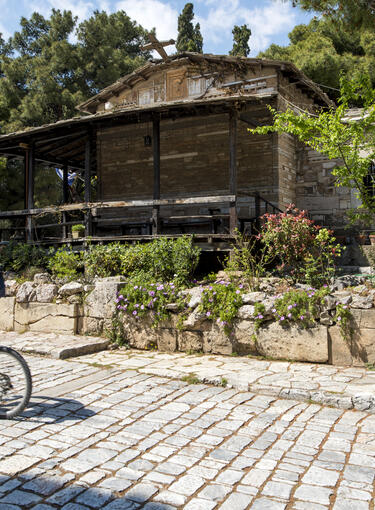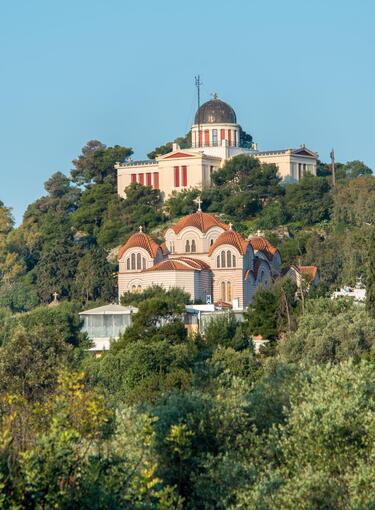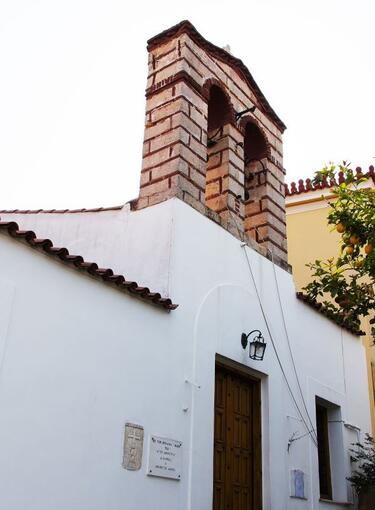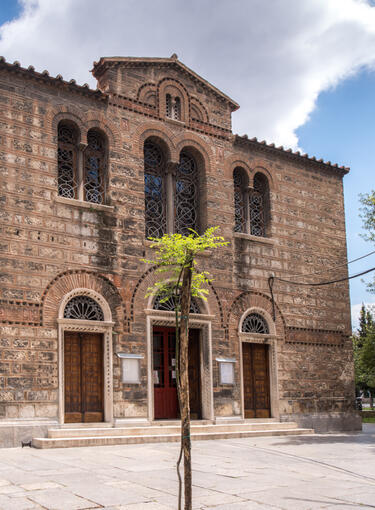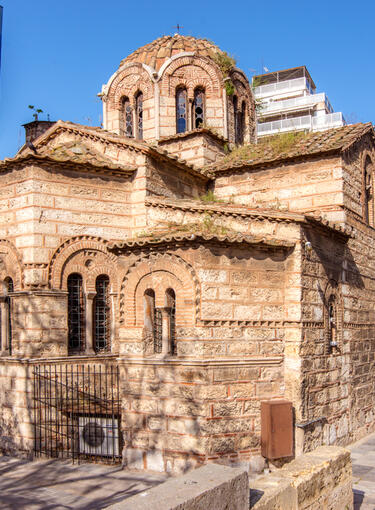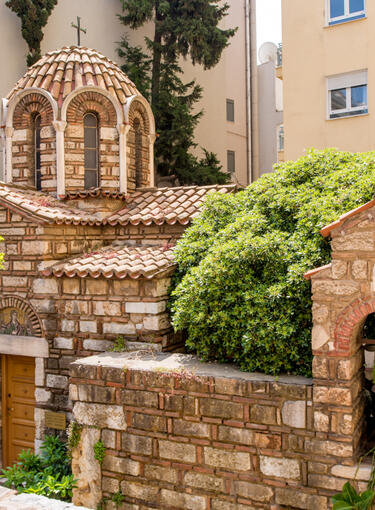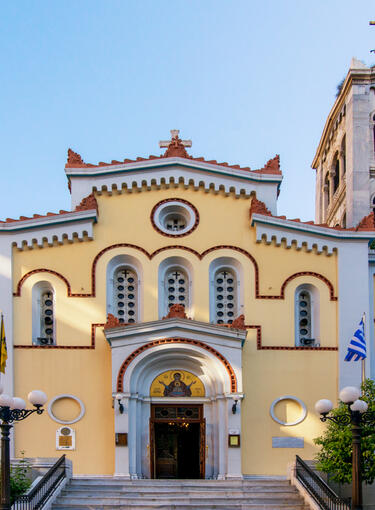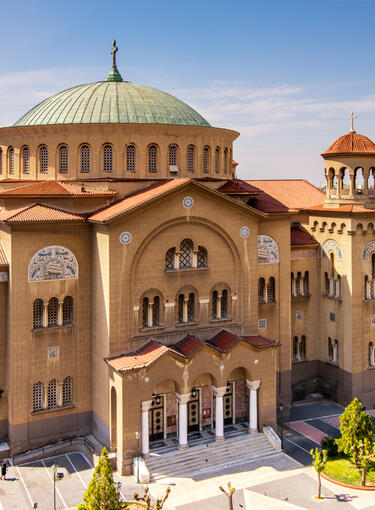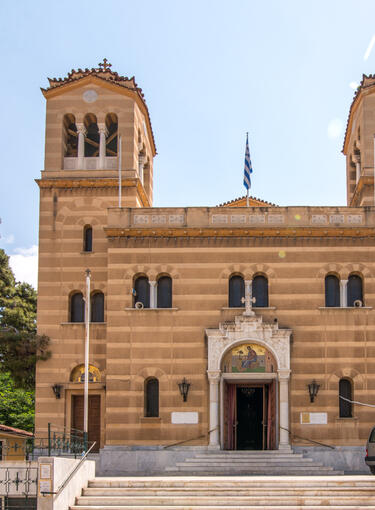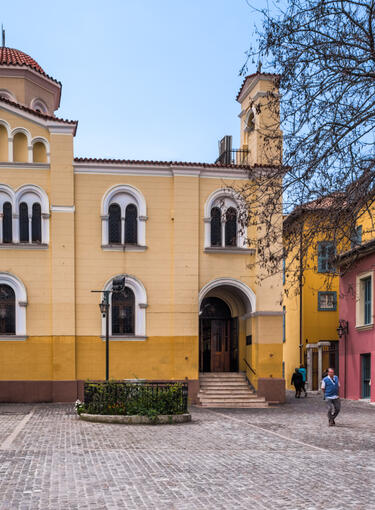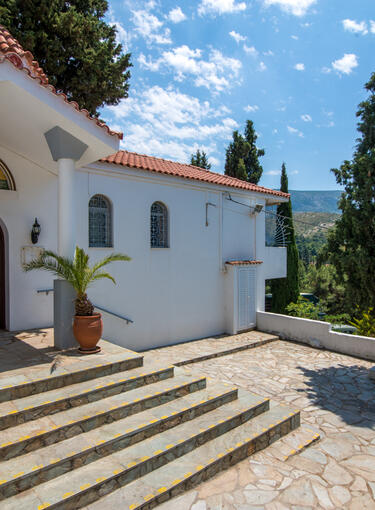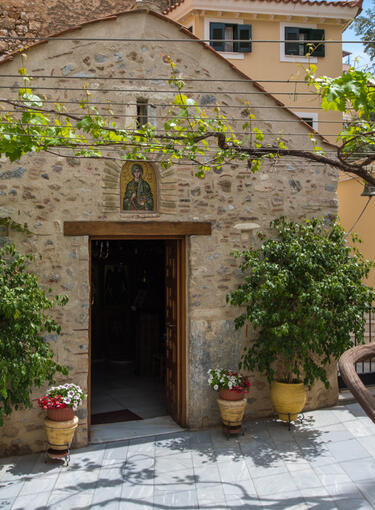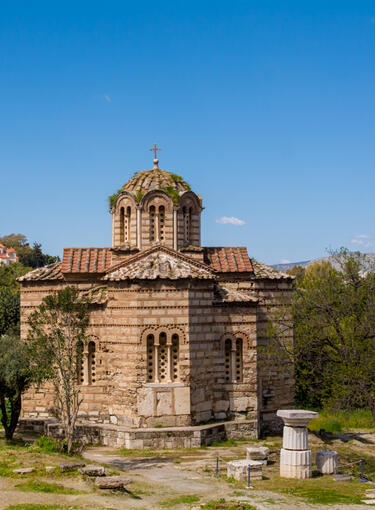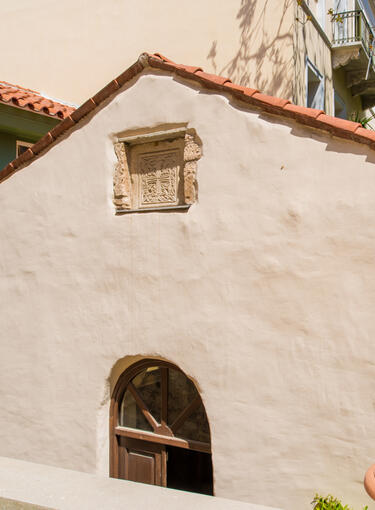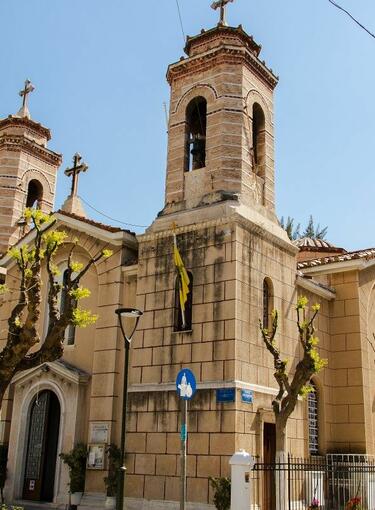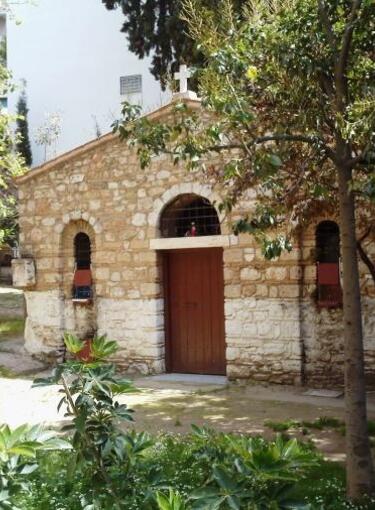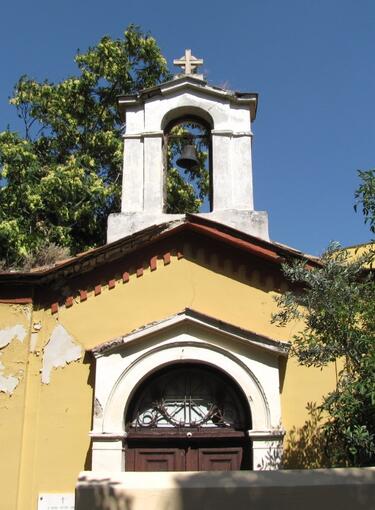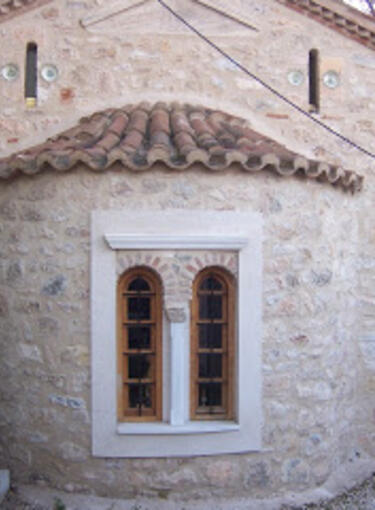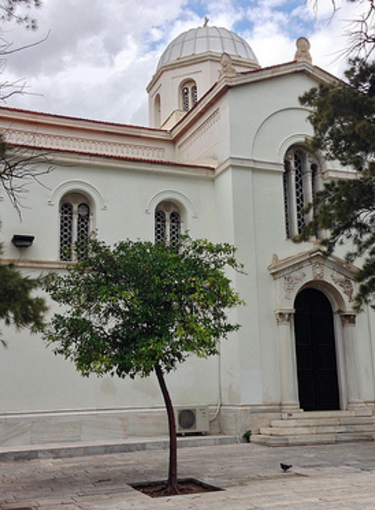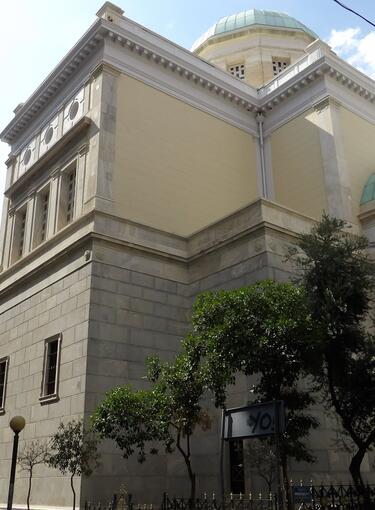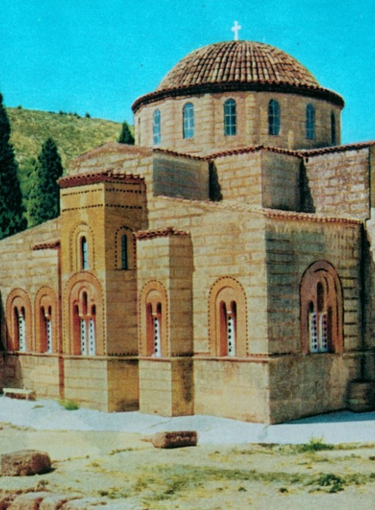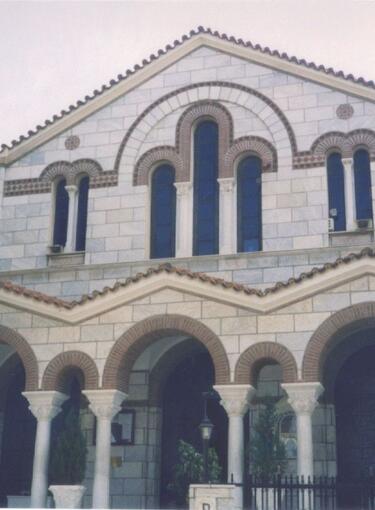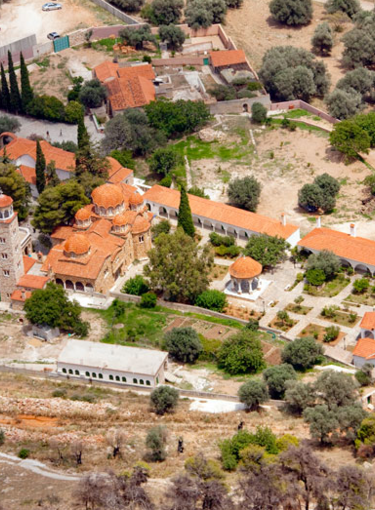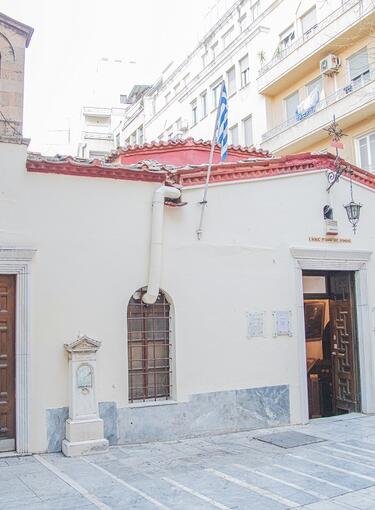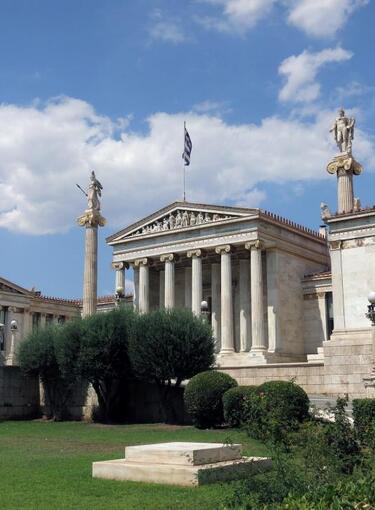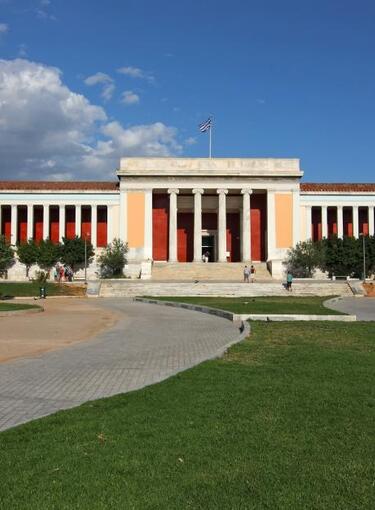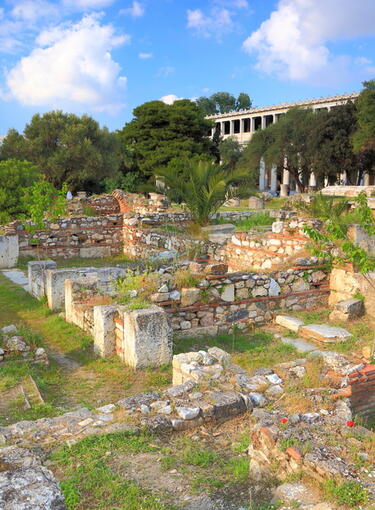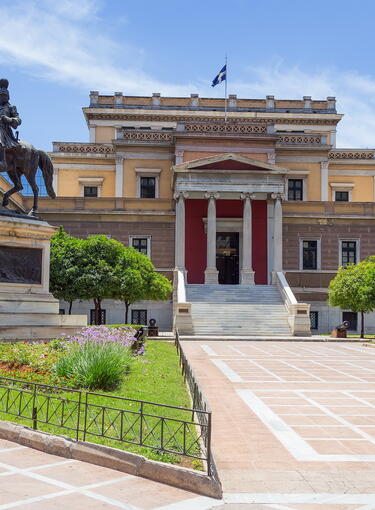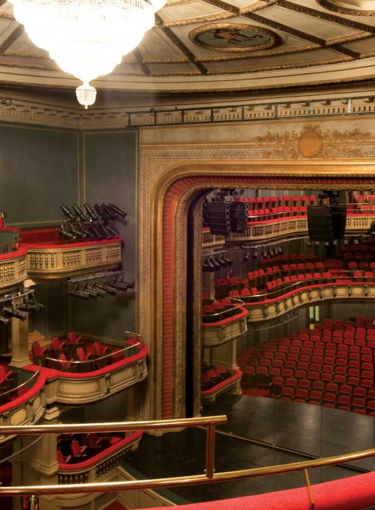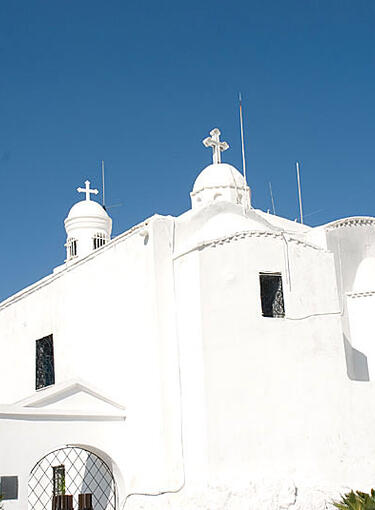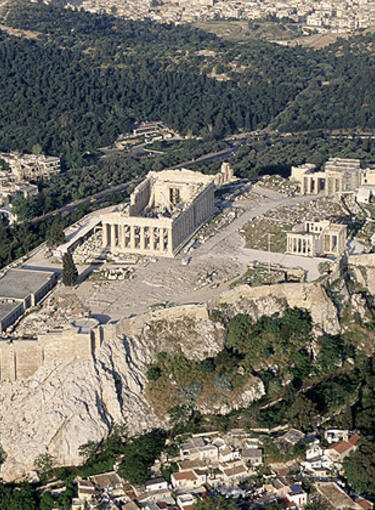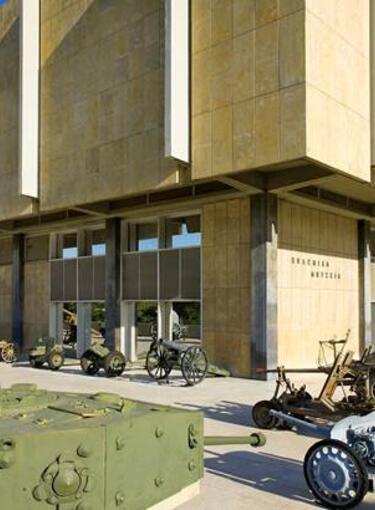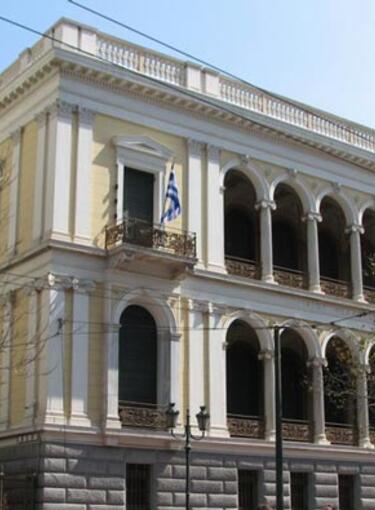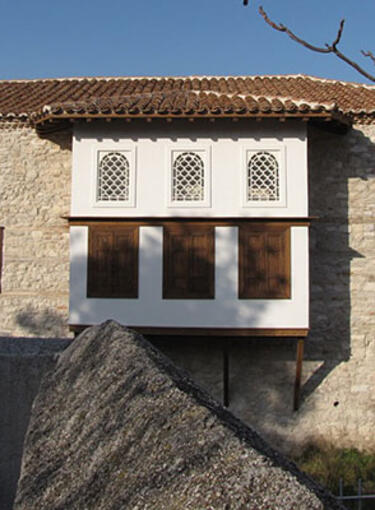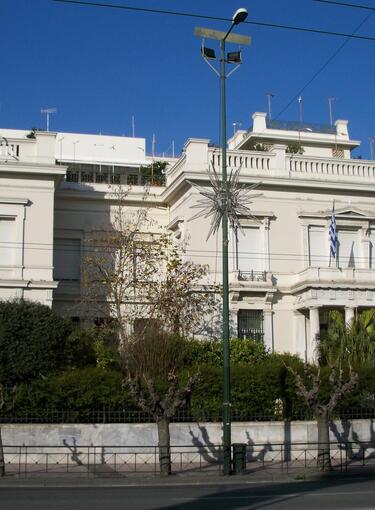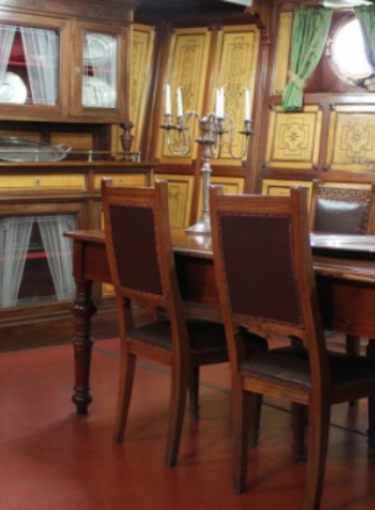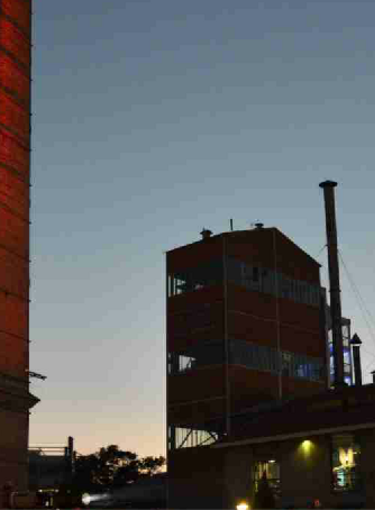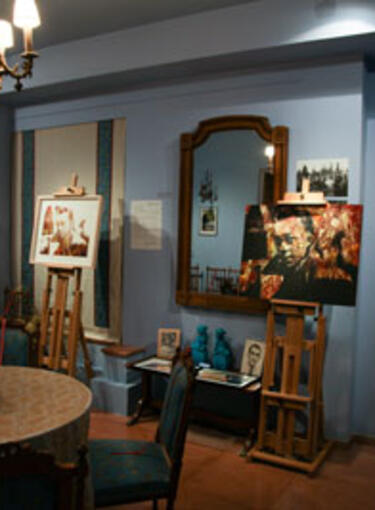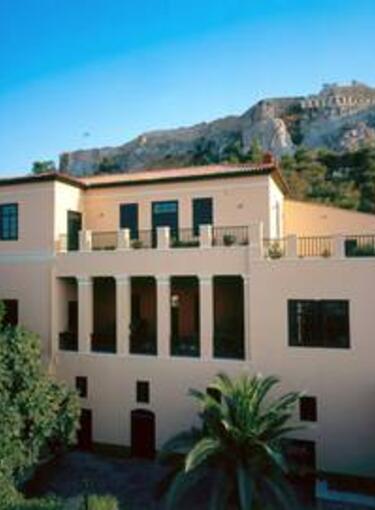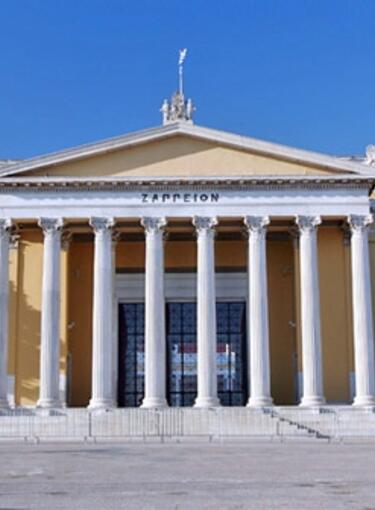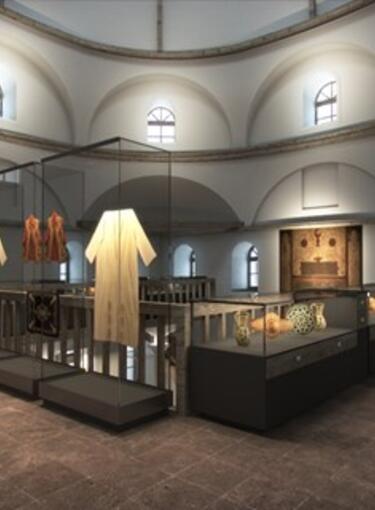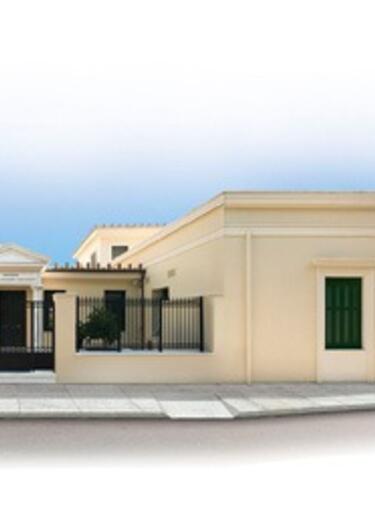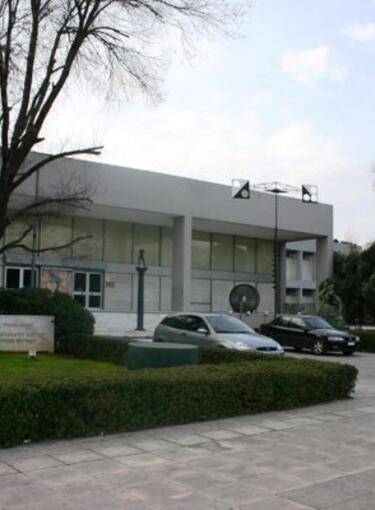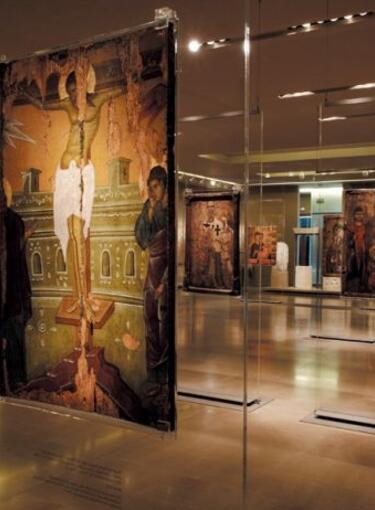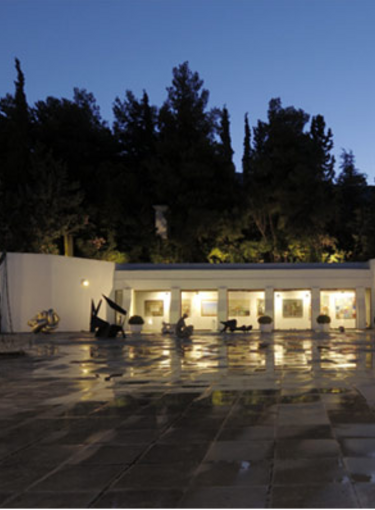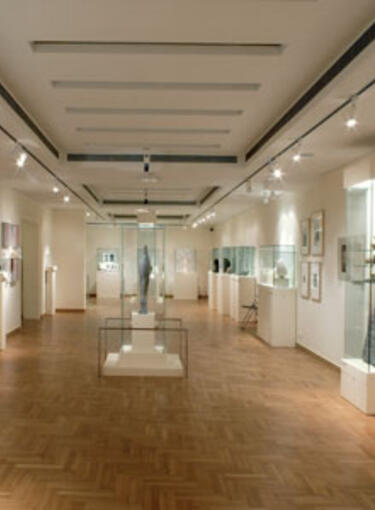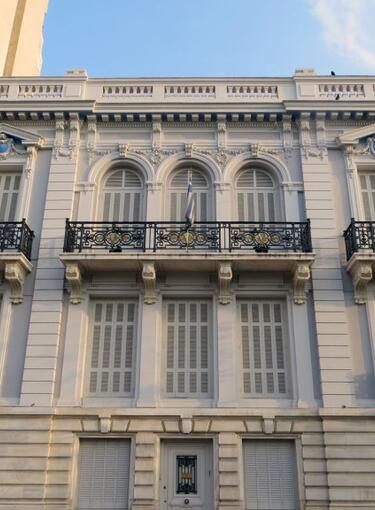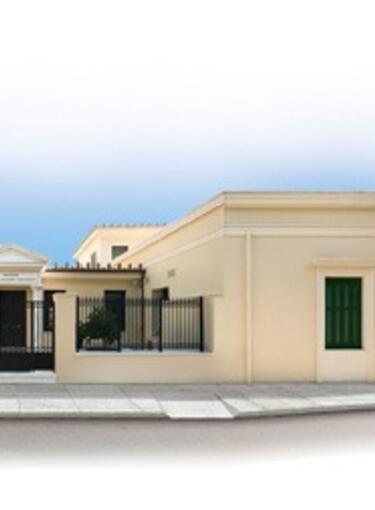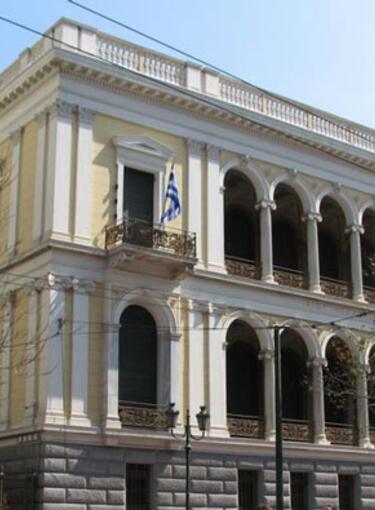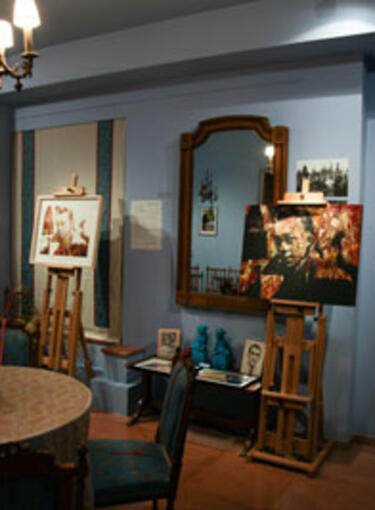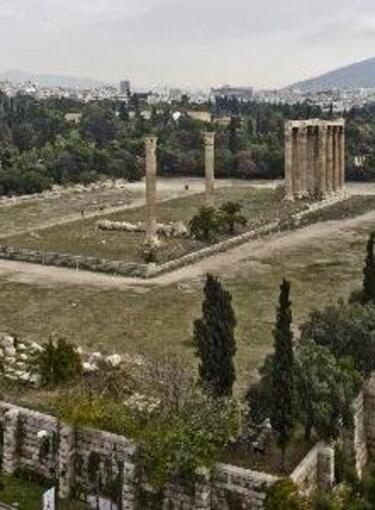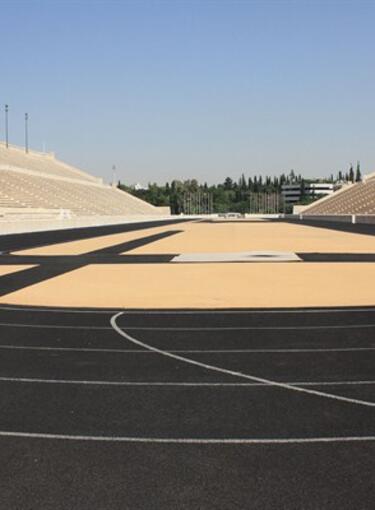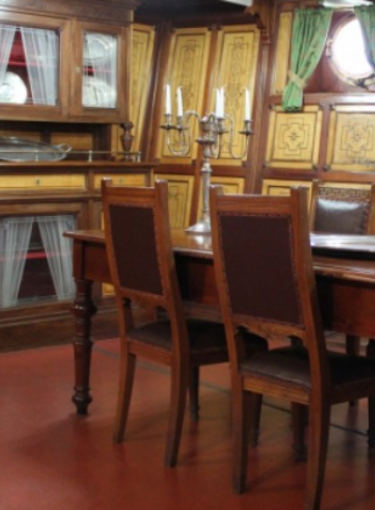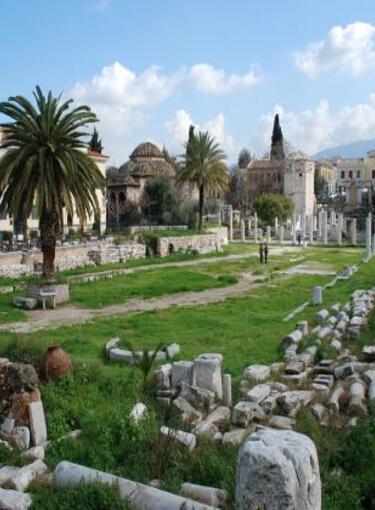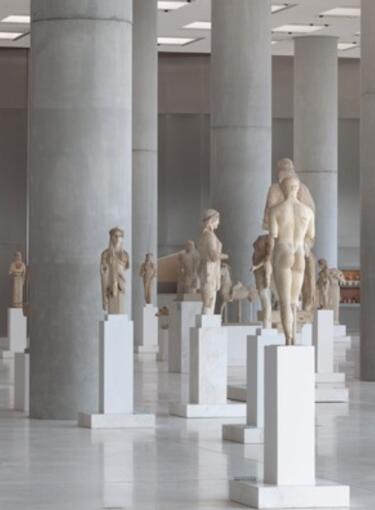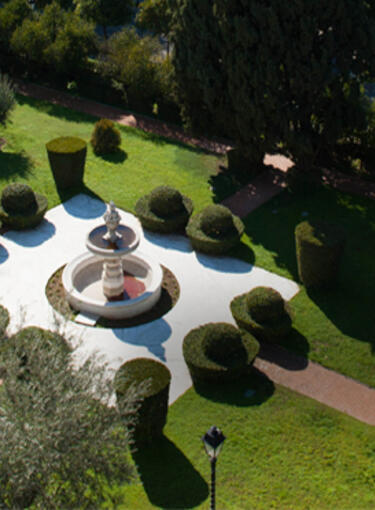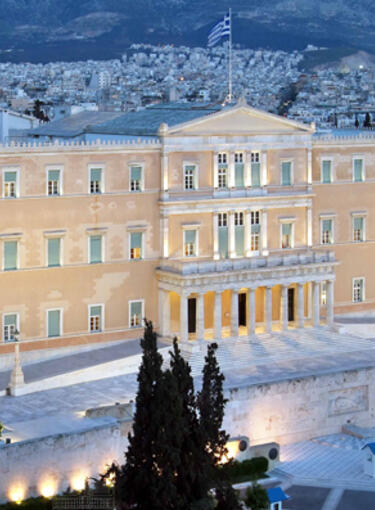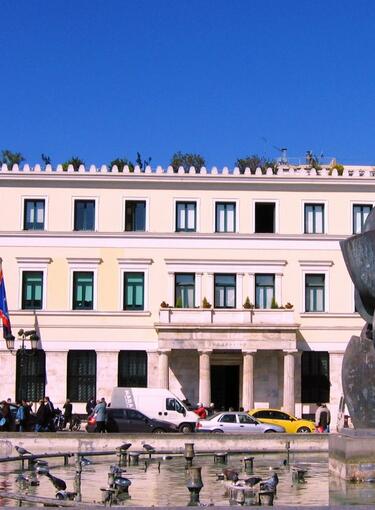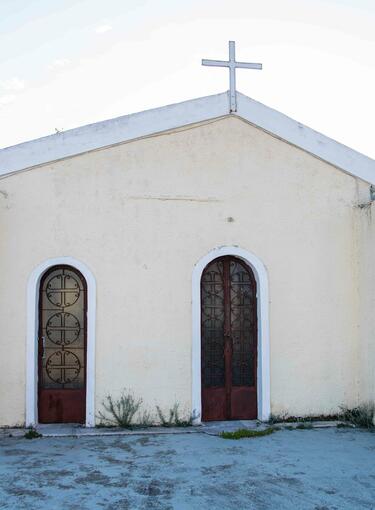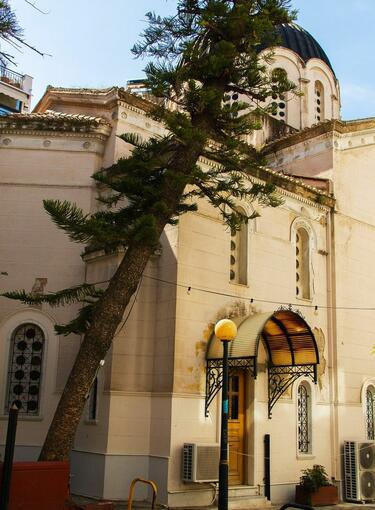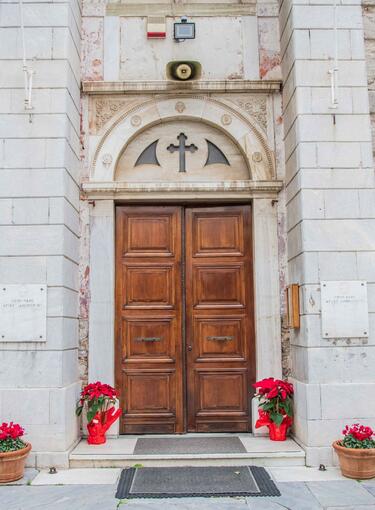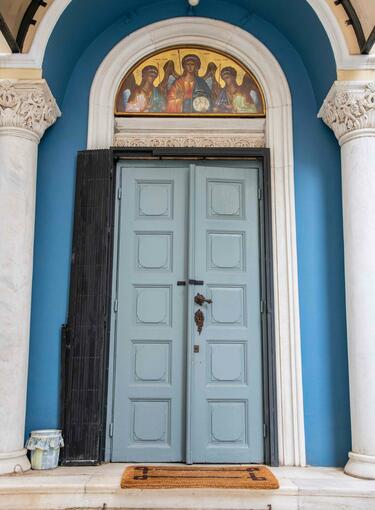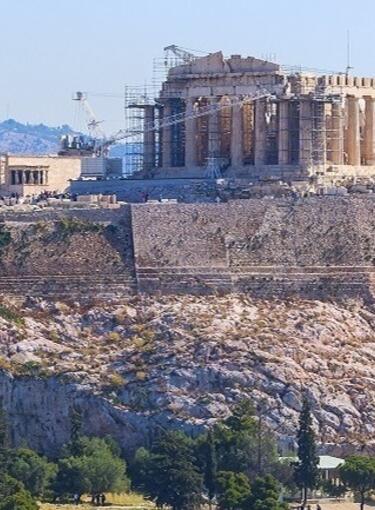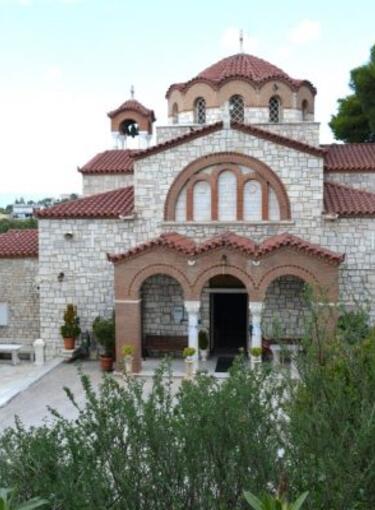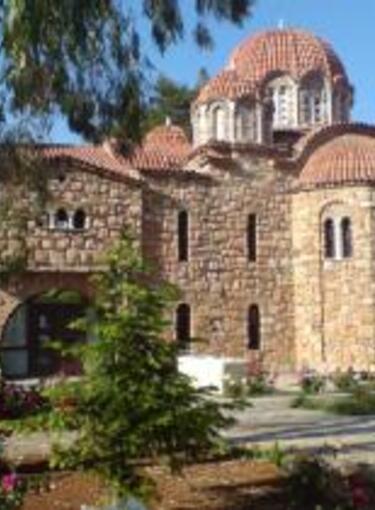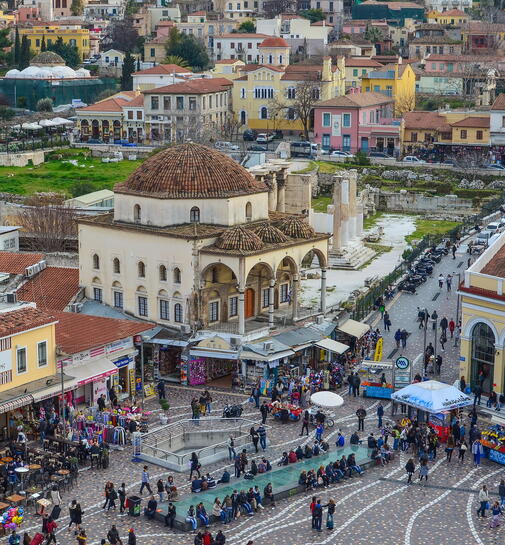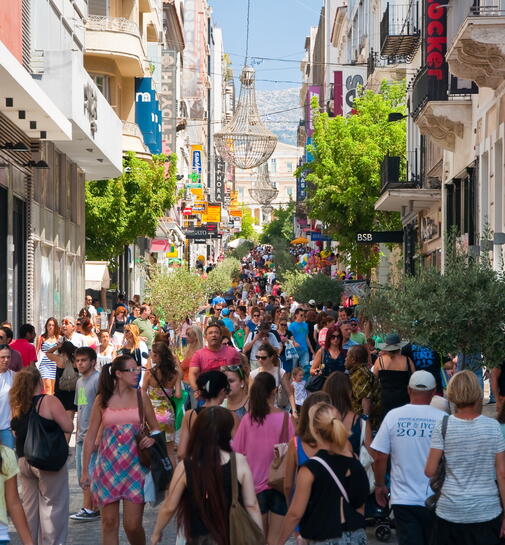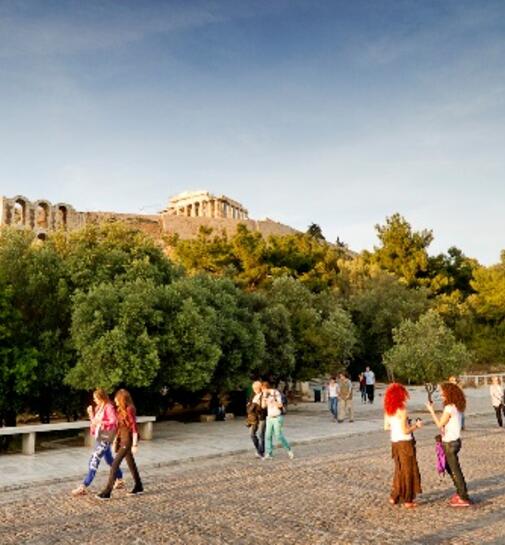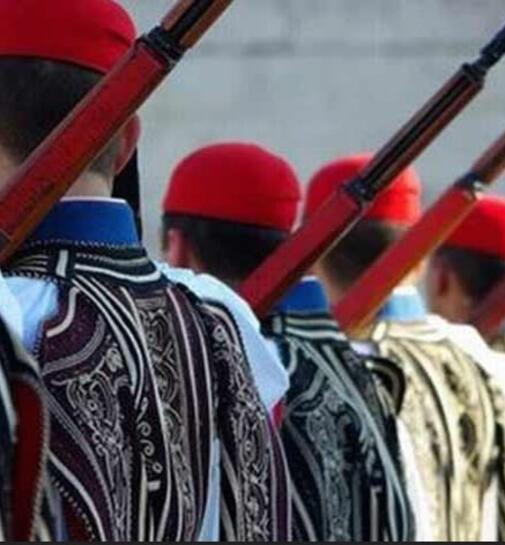Unbeknown to many, abandoned to decay for years, neglected and forgotten, the chapel of Saint Andrew, today, in spite of times, stands erect, carrying a huge historical and cultural heritage. It is situated below Amerikis square, on Lefkosias Street at Kato Patisia and is dated in the era of the Ottoman rule, in the 16th century. It is a Byzantine stone chapel which constituted the Katholikon of the Holy Monastery of Saint Philothei of Athens. It was in this dependency of Patisia where Saint Philothei prayed frequently. At the night of the 2nd of October 1588 a sacred vigil was being officiated to the honor of Saint Dionysius the Areopagite. It was then, that a few Turks invaded the church, seized the Saint, tied her to a pillar and whipped her leaving her half-dead, until she eventually succumbed to her wounds. In fact, until this day is preserved in the venue of the church the pillar where the Saint martyred. She was entombed at the right side of the Holy Bema of Saint Andrew and much later her relic was transported to the Metropolis of Athens. Following the dormition of the Saint, the dependency increased its area with the purchase of neighbourly estates. There is no further information on the dependency. According to Orlandos, in all probability the chapel was abandoned a little while before the National Revolution and ever since the site was used as a cemetery, as arises from the existence of graves but also ‘a barrel-vaulted ossuary next to the third from the east column of the southern colonnade.’ The chapel is a three-aisled timber-roofed basilica. The eastern side bears a demi-hexagonal apse, whilein the middle of the western side, previously, there was only one entry gate, above which one could adore the semicircular conch in which Saint Andrew was depicted. It was decorated with marble pieces which were transported from ancient buildings of the nearby area. At the northern and southern wall one can discern the typical small windows alluding to crenels, a feature of the era of the Ottoman rule. The interior of the church is divided by two colonnades into three aisles. Each colonnade is comprised of three marble columns of a height of three meters with capitals. The sanctuary does not communicate with the diaconicon and the prothesis. It remains separated with a closed wall. For many decades the church was completely deserted until in the year 1940 Anastasios Orlandos restored the church and ten years later it was crafted with religious icons by Fotis Kontoglou and his disciples Georgios Gliatas and Pantelis Odabasis, within nine months. As Kontoglou himself said, him aim was to craft the icon painting of the church ‘with longing and abundant care, so that the church becomes a model of modern Byzantine icon painting.’ In the chapel Kontoglou grappled with the templon, from which he started his work in the Church in 1948, namely two years earlier than on the murals. The wooden carved templon of the Church is somehow low, a fact which led the icon painter to paint the holy figures in the icons up to the middle. Distinctive is the especially original mural with Saint Philothei at the centre of the southern wall, which is inscribed: ‘Saint Philothei with her entourage at the Holy Monastery of Saint Andrew’. In particular, the Saint is depicted as mother superior, tall and haloed preceeding. She is accompanied by six nuns. Furthermore, the church is depicted restored, while the rest of the buildings, the cells, the tower and the belltower recall an Athonite Byzantine monastery. Kontoglou, in fact, referring to the particular icon painting mentioned ‘God has graced me and I adorned it with religious icons, as it was my longing’. Among others I painted also the monastery, as it was then, with the prioress Saint Philothei and the sisters going to church.’ In the small courtyard there are preserved fountains and columns from the original construction of the church.
Sights nearby
Routes containing the attraction
Close range destinations
Same region article







